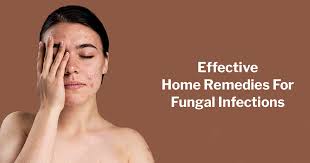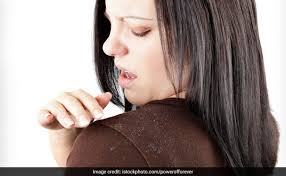Top 10 Home Remedies To Treat Fungal Infection
Home remedies can sometimes help alleviate the symptoms of fungal infections, but it’s important to note that serious or persistent infections may require medical treatment. Here are ten home remedies that you can consider for fungal infections:
- Tea Tree Oil: Tea tree oil has antifungal properties and can be applied topically to the affected area after diluting it with a carrier oil, like coconut oil. It’s important to perform a patch test before using it on larger areas of skin.
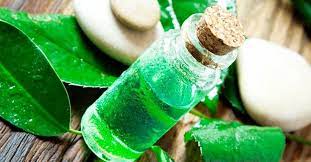
- Apple Cider Vinegar: Dilute apple cider vinegar with water and apply it to the affected area using a clean cotton ball. Its acidity can help create an environment less conducive to fungal growth.

- Garlic: Garlic has natural antifungal properties. Crush a few garlic cloves to make a paste and apply it to the affected area. Be cautious, as it may cause irritation for some people.
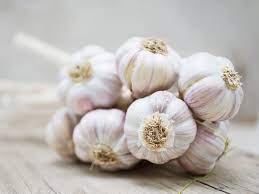
- Yogurt: Probiotic-rich yogurt can help restore the balance of beneficial bacteria on the skin and inhibit fungal growth. Apply plain, unsweetened yogurt to the affected area and leave it on for a short period before rinsing.
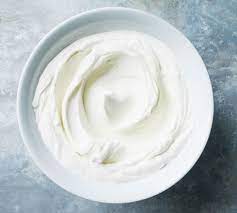
- Coconut Oil: Coconut oil contains fatty acids with antifungal properties. Apply a thin layer of coconut oil to the affected area a few times a day.

- Aloe Vera: Aloe vera has soothing and healing properties. Apply fresh aloe vera gel to the affected area to reduce itching and inflammation.

- Turmeric: Turmeric has anti-inflammatory and antifungal properties. Make a paste by mixing turmeric powder with water and apply it to the affected area. Leave it on for about 30 minutes before rinsing.
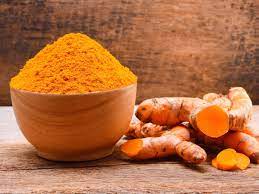
- Oregano Oil: Oregano oil contains a compound called carvacrol, which has antifungal properties. Dilute oregano oil with a carrier oil and apply it to the affected area.
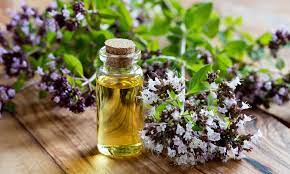
- Salt Bath: Adding Epsom salt or sea salt to a warm bath can help soothe itching and discomfort caused by fungal infections. Soak in the bath for 15-20 minutes.
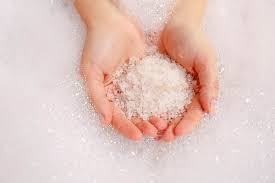
- Baking Soda: Baking soda can help absorb moisture and create an unfavorable environment for fungal growth. Mix baking soda with water to create a paste and apply it to the affected area. Rinse off after a short period.
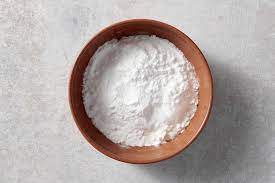
It’s important to remember that while these home remedies might offer relief, they may not completely eliminate the infection. If your symptoms worsen or don’t improve with home treatment, or if you have any concerns, it’s recommended to consult a healthcare professional for proper diagnosis and treatment. Additionally, if you have a weakened immune system, diabetes, or other underlying health conditions, it’s especially important to seek medical advice.
Raw Superstars: 10 Must-Eat Vegetables for a Fresh and Nutritious Boost
Disclaimer:
The information in this post is for general informational purposes only and not a substitute for professional advice. Consult qualified experts before making any changes. Engage in activities at your own risk, considering your abilities. Individual results may vary. Sponsored content may be included. The post does not diagnose or treat medical conditions. Use critical thinking and verify external sources. By engaging, you accept responsibility for your decisions.


